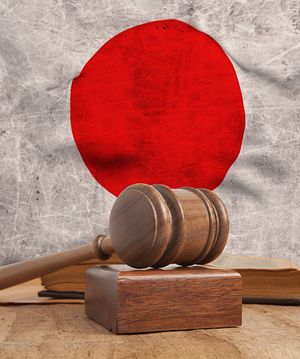Tokyo Electric Power Co. (TEPCO) has taken yet another hit this week, as a judicial panel has decided to request the indictment of three of its executives over the handling of the 2011 Fukushima Daiichi nuclear plant disaster. While a previous indictment was dismissed, new charges are being pursued, mainly at the request of residents in affected areas in Fukushima. Additionally, there are reports that a large percentage of funds set aside for the reconstruction of the areas struck by the tsunami have gone unused again this year, and that radioactive dust was repeatedly released during cleanup efforts since the disaster, reaching up to 60 km away, well outside the exclusion zone.
The new indictment requested against TEPCO is being brought by the Tokyo No. 5 Committee for the Inquest of Prosecution against three former executives, the chairman during the disaster, Tsunehisa Katsumata, and former vice presidents Ichiro Takakuro and Sakae Muto. After a previous indictment was dismissed last September by the Tokyo District Public Prosecutor’s Office on the grounds that it was difficult to foresee the scale of the disaster, 5,700 people petitioned to have the case reviewed. The group claims that, without instituting new safety precautions, TEPCO went through with operations after the disaster and consequently forced many nearby residents to be exposed to additional radiation.
On top of the new indictment against TEPCO executives for their handling of the disaster’s aftermath, the clean-up in general continues to lag behind expectations, as 2.65 trillion yen ($25.7 billion), or 35.3 percent of the fiscal 2013 budget allotted for the rebuilding of the areas affected by the tsunami, went unused. Additionally, only 47 percent of funds earmarked for reconstruction projects associated with TEPCO’s Fukushima Daiichi nuclear plant were used. The Reconstruction Agency said the problem stems from “labor shortages, surging prices for materials and difficulties in coordinating the reconstruction plans with residents.”
Finally, efforts to clear debris at the Daiichi reactors have seven times released radioactive materials that were found in the town of Marumori, 60 km away from the site. The research team responsible for the findings has called on TEPCO to improve its clean-up methods, even if it means additional expense. A shroud covering the Daiichi No.1 reactor was scheduled to be removed this month in order to facilitate full-scale debris removal, but this has subsequently been postponed. The Asahi Shimbun, speaking with a worker at the plant, said that TEPCO has not discussed more effective solutions like using containers to cover the reactors, but said the company “will likely resume debris cleanup when criticism calms down.”

































